- Choosing the Right Seeds for Growing Velvets Without Picking
- Preparing the Soil for Growing Velvets Without Picking
- 1. Choose a Suitable Location
- 2. Clear and Prepare the Area
- 3. Check and Amend the Soil
- 4. Improve Soil Drainage
- 5. Add Fertilizer or Organic Matter
- 6. Level and Rake the Soil
- 7. Water the Prepared Soil
- Sowing Seeds for Growing Velvets Without Picking: Step-by-Step Guide
- Materials Needed:
- Step 1: Prepare the Seed Starting Trays
- Step 2: Sow the Seeds
- Step 3: Provide Ideal Growing Conditions
- Step 4: Germination and Seedling Care
- Step 5: Transplanting the Seedlings
- Watering and Moisture Control for Growing Velvets Without Picking
- 1. Watering schedule
- 2. Watering methods
- 3. Moisture retention
- 4. Soil drainage
- 5. Monitoring moisture levels
- 6. Avoid overwatering
- 7. Adjusting watering frequency
- 8. Rainwater collection
- 9. Regular monitoring
- Providing Adequate Sunlight for Growing Velvets Without Picking
- Choose a Sunny Location
- Monitor Sun Exposure
- Provide Shade During the Hottest Hours
- Rotate Pots or Containers
- Consider Artificial Lighting
- Fertilizing for Growing Velvets Without Picking: Dos and Don’ts
- Do’s:
- Don’ts:
- Protecting Velvets Without Picking from Pests and Diseases
- 1. Practice proper hygiene
- 2. Monitor for pests regularly
- 3. Use natural pest control methods
- 4. Provide proper ventilation
- 5. Water the plants carefully
- 6. Remove affected leaves or plants
- 7. Inspect new plants before introducing them
- 8. Maintain a clean garden environment
- 9. Use protective covers when necessary
- Tips for Successful Care of Velvets Without Picking Seedlings
- Questions and Answers:
- Can I grow velvets from seeds?
- What are the key steps to sowing velvet seeds?
- How long does it take for velvet seeds to germinate?
- Do velvet seedlings require a lot of sunlight?
- What is the best way to water velvet seedlings?
- When should velvet seedlings be transplanted?
- Videos: Don’t Make This Mistake Growing ASPARAGUS! I Lost ALL Of Mine! ♂️
Velvets are a beautiful and delicate flowering plant that can add a touch of elegance and charm to any garden. While many people are familiar with the vibrant colors and exquisite texture of velvets, not everyone knows how to successfully grow these plants from seed. In this guide, we will take you through the process of sowing and caring for velvet seedlings, so you can enjoy the beauty of these flowers without having to pick them.
Before you begin sowing velvet seeds, it’s important to choose the right time and location for planting. Velvets thrive in well-drained soil and prefer full sun, so make sure to select a spot in your garden that meets these requirements. It’s also important to note that velvets are frost-sensitive, so be sure to wait until all danger of frost has passed before planting your seeds.
Once you have chosen the perfect spot, it’s time to prepare the soil for sowing. Start by clearing away any weeds or debris from the area, and then gently loosen the soil with a garden fork or tiller. Adding some compost or organic matter to the soil can also help improve its fertility and drainage, providing a better growing environment for your velvet seedlings.
When it comes to sowing velvet seeds, it’s best to start indoors and then transplant the seedlings outside once they are strong enough. Fill a seed tray or small pots with a good quality seed-starting mix, and then sow the seeds according to the instructions on the packet. Cover the seeds lightly with soil, and then water gently to ensure the soil is evenly moist.
Choosing the Right Seeds for Growing Velvets Without Picking
When it comes to growing velvets without picking, choosing the right seeds is essential. The quality of the seeds directly affects the success and overall health of the seedlings. Here are some important factors to consider when selecting seeds for growing velvets without picking:
- Variety: There are different varieties of velvets available, each with its own unique characteristics and growth requirements. Consider factors such as size, color, and flowering season when choosing the variety that suits your preferences.
- Source: It’s important to buy seeds from a reputable source to ensure their quality and authenticity. Look for trusted seed suppliers or nurseries known for providing high-quality seeds.
- Freshness: Fresh seeds have a higher germination rate compared to older ones. Check the packaging or inquire about the freshness of the seeds before making a purchase.
- Germination Rate: The germination rate indicates the percentage of seeds that are likely to sprout. Opt for seeds with a high germination rate to increase the chances of successful seedling growth.
- Instructions: Read the seed packet or product description to learn about the specific sowing and care instructions for the variety you have chosen. Confirm that the instructions align with your gardening capabilities and available resources.
Remember to choose seeds that are suitable for your climate and growing conditions. Some varieties of velvets may require specific temperature ranges or lighting conditions to thrive. Taking these factors into account will greatly contribute to the success of your velvets without picking project.
Preparing the Soil for Growing Velvets Without Picking
Before sowing velvet seeds and growing your own plants, it is important to properly prepare the soil. By getting the soil ready, you will create the optimal conditions for your velvets to thrive and grow strong without the need for picking.
1. Choose a Suitable Location
- Find a location that receives full sun for a minimum of six hours a day.
- Avoid areas with excessive shade or where the soil tends to stay waterlogged.
2. Clear and Prepare the Area
- Remove any weeds, grass, or debris from the area where you plan to grow the velvets.
- Loosen the soil with a garden fork or tiller to a depth of about 6-8 inches.
3. Check and Amend the Soil
- Test the soil pH using a soil testing kit to determine its acidity or alkalinity levels.
- Most velvet varieties prefer slightly acidic soil with a pH between 6.0 and 7.0.
- If the soil pH is too high, add sulfur or peat moss to lower it. If it’s too low, add lime to raise it.
4. Improve Soil Drainage
- If your soil has poor drainage, amend it with organic matter like compost or well-rotted manure.
- This will help improve water drainage and prevent waterlogged soil that can lead to root rot.
5. Add Fertilizer or Organic Matter
- Incorporate a balanced slow-release fertilizer into the soil before sowing the velvet seeds.
- You can also add well-rotted compost or manure to enrich the soil and provide essential nutrients.
6. Level and Rake the Soil
- Level the soil surface with a rake to create a smooth and even planting bed.
- Remove any large clumps or stones that may hinder the growth of your velvet seedlings.
7. Water the Prepared Soil
- Before sowing the seeds, thoroughly water the prepared soil to ensure it is evenly moist.
- Adequate moisture will help the seeds germinate and establish in the soil.
By following these steps to prepare the soil, you will create the ideal environment for growing velvets without picking. Your seedlings will have a strong start, and with proper care and maintenance, they will flourish to provide you with beautiful velvets.
Sowing Seeds for Growing Velvets Without Picking: Step-by-Step Guide
Growing velvets without picking can be a rewarding and sustainable way to enjoy these beautiful flowers. By sowing seeds and nurturing the seedlings, you can cultivate velvets that will continue to bloom year after year. Follow this step-by-step guide to learn how to sow seeds for growing velvets without picking.
Materials Needed:
- Velvet flower seeds
- Seed starting trays or pots
- Seed starting mix or potting soil
- Watering can or spray bottle
- Garden labels
- Plastic wrap or a seedling dome
- Grow lights or a sunny windowsill
Step 1: Prepare the Seed Starting Trays
- Fill the seed starting trays or pots with seed starting mix or potting soil.
- Moisten the soil with water, so it is evenly moist but not soggy.
Step 2: Sow the Seeds
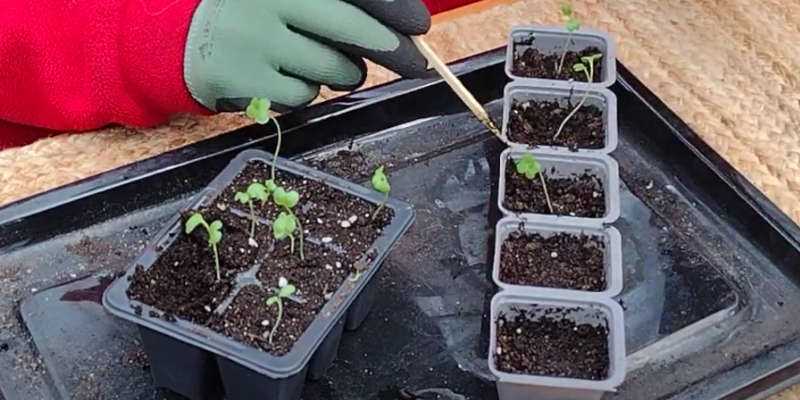
- Sow the velvet flower seeds according to the instructions on the seed packet. The depth and spacing requirements may vary depending on the variety.
- Gently press the seeds into the soil and cover them with a thin layer of soil.
- If sowing multiple varieties, label each tray or pot with the name of the variety.
Step 3: Provide Ideal Growing Conditions
- Place the seed starting trays or pots in a warm location with indirect sunlight.
- Use plastic wrap or a seedling dome to cover the trays or pots, creating a greenhouse-like environment.
- Keep the soil evenly moist by misting with water or using a watering can with a fine spray nozzle.
- Monitor the temperature and humidity levels to ensure optimal growing conditions.
Step 4: Germination and Seedling Care
- Once the seeds have germinated and seedlings emerge, remove the plastic wrap or seedling dome.
- Move the seedlings to a location with bright, indirect sunlight or under grow lights.
- Maintain moist soil by watering from the bottom or using a spray bottle to mist the seedlings.
- Fertilize the seedlings with a diluted liquid fertilizer every 2 weeks.
Step 5: Transplanting the Seedlings
- When the seedlings have developed a few sets of true leaves and the weather has warmed, they are ready to be transplanted.
- Choose a sunny location in the garden with well-draining soil.
- Prepare the planting holes and space them according to the planting instructions for the specific variety.
- Gently remove the seedlings from the trays or pots, being careful not to damage the delicate roots.
- Place each seedling in a planting hole and firm the soil gently around it.
- Water the newly transplanted seedlings thoroughly.
Following these steps, you can successfully sow velvet flower seeds and grow velvets without picking. Remember to provide adequate care and maintenance, and you will be rewarded with beautiful velvet flowers that will brighten your garden for years to come.
Watering and Moisture Control for Growing Velvets Without Picking
Proper watering and moisture control are essential for successfully growing velvets without picking. These plants require a consistent level of moisture to thrive, but overwatering can be detrimental to their growth. Here are some guidelines to help you achieve the right balance:
1. Watering schedule
Establish a regular watering schedule for your velvets. Water the plants deeply once or twice a week, depending on the weather conditions. Monitor the moisture level in the soil to determine if watering is necessary.
2. Watering methods
Use a watering can or a hose with a gentle spray nozzle to water your velvets. Avoid overhead watering, as it can lead to fungal diseases. Direct the water at the base of the plants, soaking the soil evenly.
3. Moisture retention
To help retain moisture in the soil, apply a layer of mulch around the base of the velvets. This will help prevent water evaporation and keep the soil moist for a longer period of time.
4. Soil drainage
Velvets prefer well-draining soil that does not become waterlogged. If your soil has poor drainage, consider amending it with organic matter or using raised beds to ensure excess water can drain away.
5. Monitoring moisture levels
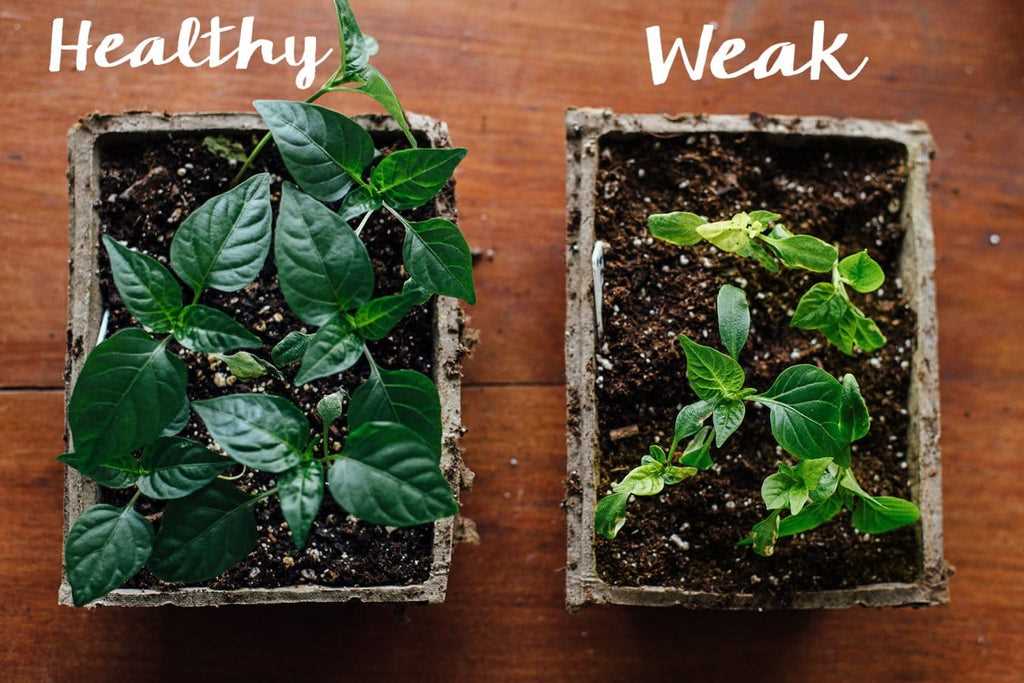
Regularly check the moisture levels in the soil by inserting your finger or a moisture meter into the soil. If the top inch of soil feels dry, it’s time to water the velvets.
6. Avoid overwatering
Overwatering can lead to root rot and other problems for velvets. It’s better to slightly underwater than to overwater. Ensure the soil is evenly moist, but not waterlogged.
7. Adjusting watering frequency
Adjust the watering frequency based on the weather conditions. During hot, dry periods, you may need to water more frequently. Conversely, during cooler, rainy periods, you may need to reduce watering.
8. Rainwater collection
If possible, collect rainwater to use for watering your velvets. Rainwater is naturally free of chlorine and other chemicals found in tap water, making it a healthier option for the plants.
9. Regular monitoring
Monitor your velvets regularly for any signs of under or overwatering. Adjust your watering practices accordingly to ensure the plants receive the appropriate amount of moisture.
By following these watering and moisture control guidelines, you can provide optimal growing conditions for your velvets without picking and help them thrive throughout the growing season.
Providing Adequate Sunlight for Growing Velvets Without Picking
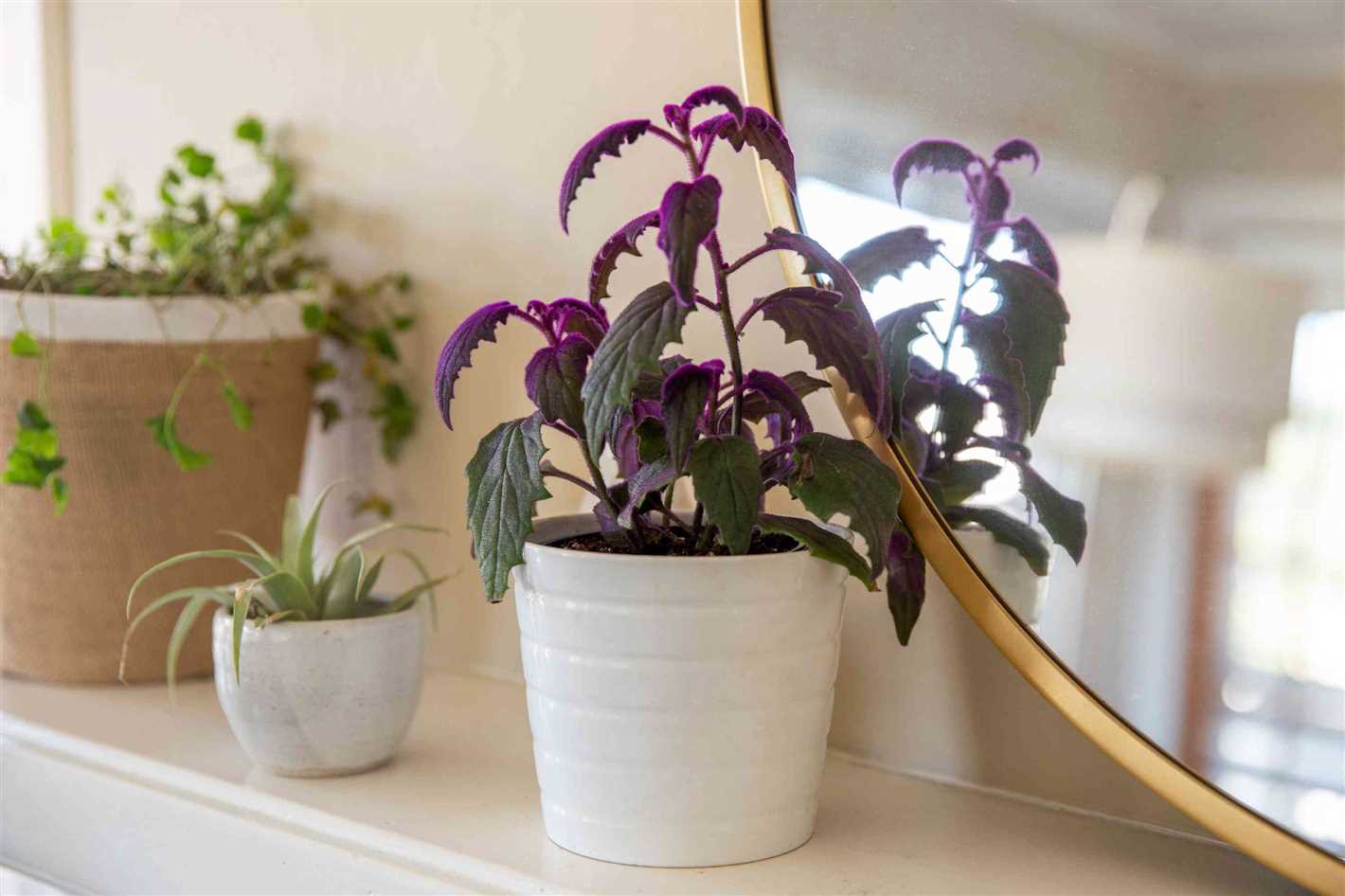
Proper sunlight is essential for the healthy growth of velvets without picking. These unique plants require a significant amount of direct sunlight to thrive. Here are some important considerations for providing adequate sunlight:
Choose a Sunny Location
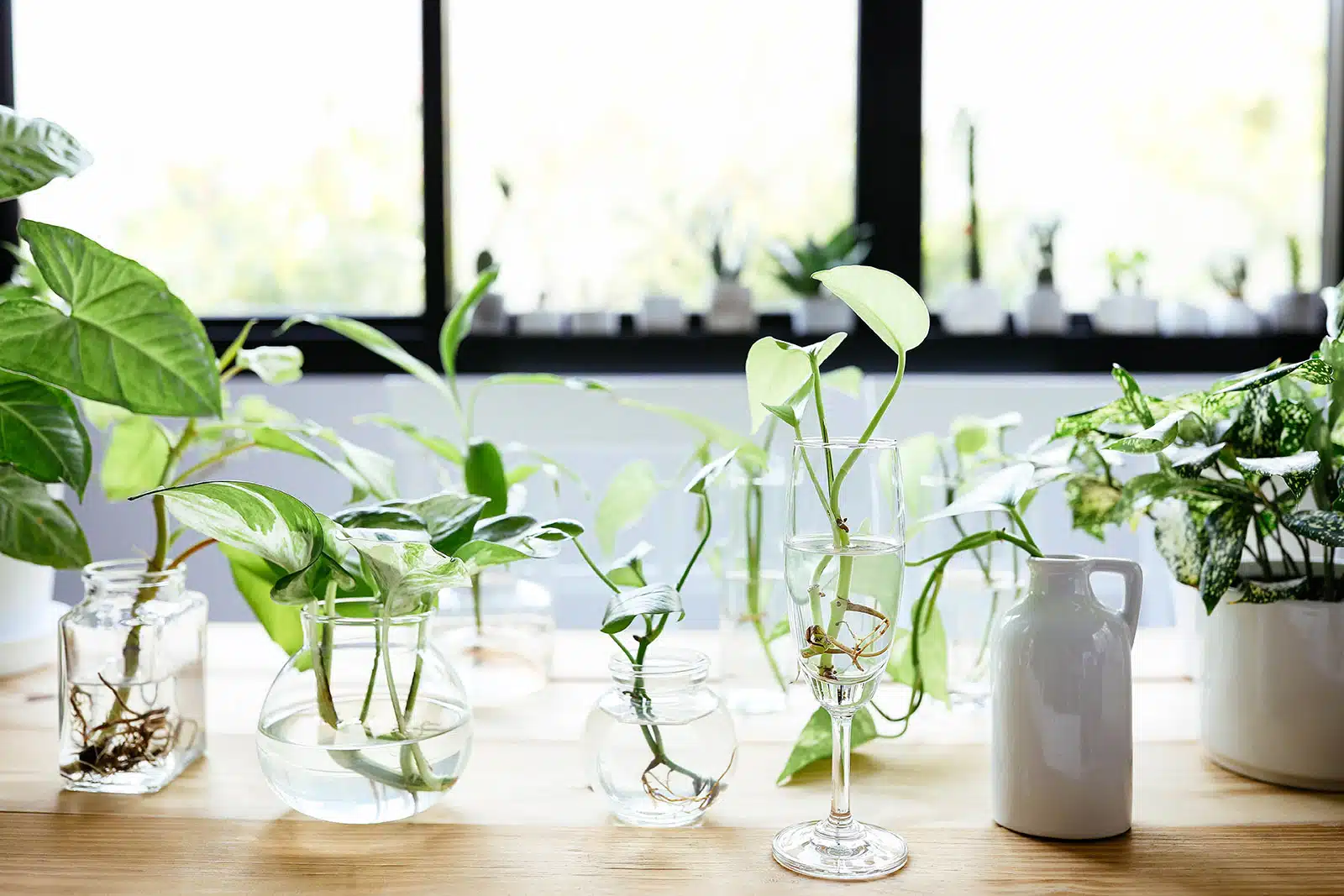
Select a location in your garden that receives full sunlight for at least 6-8 hours a day. Avoid areas that are shaded by trees, buildings, or other structures. Velvets need direct sunlight to produce vibrant and colorful flowers. The more sunlight they receive, the better chances they have of growing strong and healthy.
Monitor Sun Exposure
Regularly monitor the sun exposure in your chosen location. Make sure that the area doesn’t become shaded as the seasons change. Observe the shadows cast by nearby objects and adjust the positioning or arrangement of your velvets accordingly. By keeping an eye on the sun exposure, you can ensure that your plants receive the necessary sunlight throughout their growth.
Provide Shade During the Hottest Hours
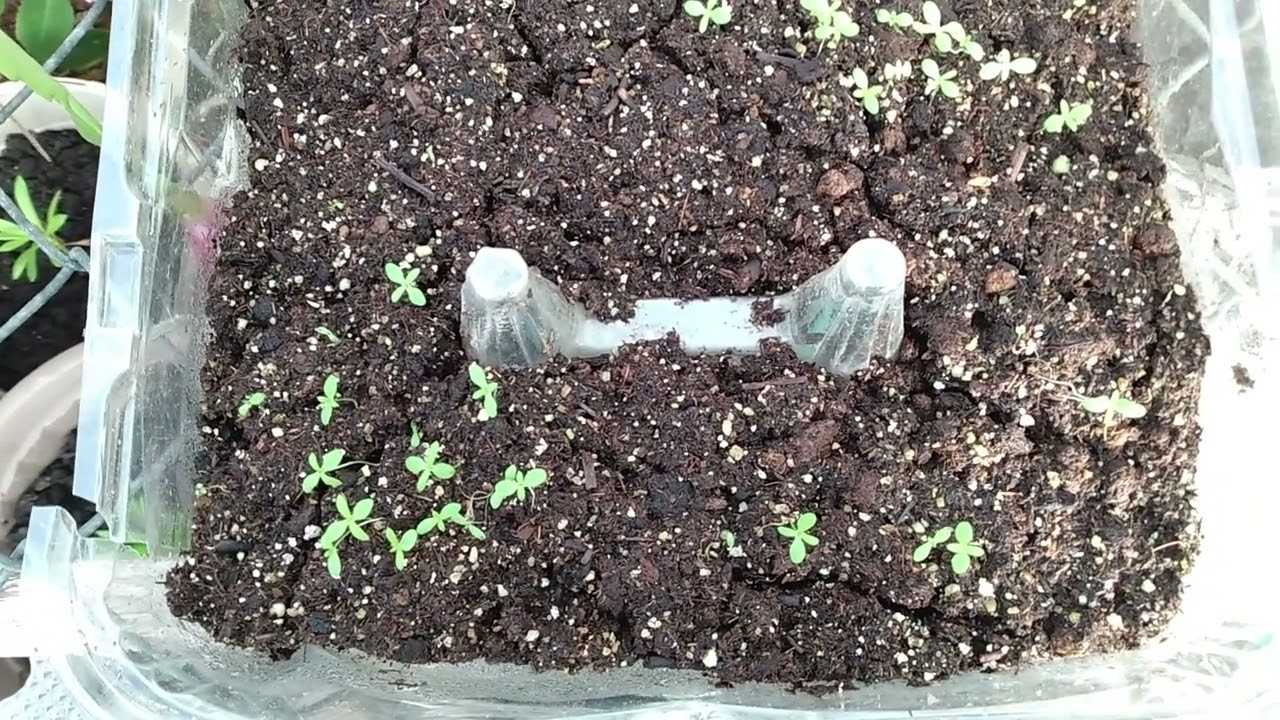
While velvets require ample sunlight, they also need protection from intense heat, especially during the hottest hours of the day. To prevent wilting or burning of the leaves, provide some shade during peak sun hours. This can be achieved using a shade cloth, umbrella, or by planting taller plants that provide natural shade.
Rotate Pots or Containers
If you are growing velvets in pots or containers, it’s important to regularly rotate them. By rotating the pots, you can ensure that all sides of the plant receive equal amounts of sunlight, preventing uneven growth or leaning towards a specific direction. This will help the plant grow evenly and maintain a balanced appearance.
Consider Artificial Lighting
In cases where natural sunlight is limited or unavailable, consider providing artificial lighting. LED grow lights or fluorescent lights can be used to supplement the sunlight and ensure the velvets receive enough light for healthy growth. Place the lights at an appropriate distance from the plants to mimic the intensity and duration of natural sunlight.
By following these guidelines, you can provide adequate sunlight for growing velvets without picking. Remember that each plant is unique, so it’s essential to observe their response to sunlight and make adjustments as needed. With the right amount of sunlight, your velvets will thrive and reward you with beautiful and vibrant blooms.
Fertilizing for Growing Velvets Without Picking: Dos and Don’ts
Do’s:
- Choose a balanced fertilizer: When it comes to growing velvets without picking, it is important to use a well-balanced fertilizer that provides essential nutrients to support their growth. Look for a fertilizer that has equal amounts of nitrogen, phosphorus, and potassium (NPK).
- Fertilize regularly: To ensure healthy growth, it is important to fertilize your velvet plants regularly. Follow the recommended dosage provided by the manufacturer and apply the fertilizer at regular intervals throughout the growing season.
- Apply fertilizer in the morning: For best results, apply the fertilizer in the morning when the temperatures are cooler. This will allow the plants to absorb the nutrients properly without the risk of burning.
- Water the plants before fertilizing: Before applying the fertilizer, make sure to water the plants thoroughly. This will help prevent the roots from getting burned and ensure that the nutrients are evenly distributed.
- Use organic fertilizers: Organic fertilizers are a great option for growing velvets without picking. They provide slow-release nutrients to the plants and improve soil fertility over time. Look for organic fertilizers that are specifically formulated for flowering plants.
Don’ts:
- Avoid over-fertilizing: While it is important to fertilize regularly, over-fertilizing can be detrimental to the health of your velvet plants. Excessive fertilizer can result in nutrient imbalances, burning of the roots, and stunted growth. Follow the recommended dosage and do not exceed the recommended application rate.
- Do not fertilize during the dormant period: Velvet plants have a dormant period during winter when their growth slows down. Avoid fertilizing during this time as the plants do not require additional nutrients and excessive fertilization can harm them.
- Avoid using high nitrogen fertilizers: High nitrogen fertilizers can promote excessive leaf growth at the expense of flower formation. Since velvets are prized for their flowers, it is important to avoid using fertilizers with high nitrogen content.
- Do not apply fertilizer to dry soil: Applying fertilizer to dry soil can lead to uneven distribution of nutrients and can also damage the roots. Always water the plants before applying fertilizer to ensure proper absorption and distribution of nutrients.
- Avoid foliar feeding: While foliar feeding can be effective for some plants, it is not recommended for growing velvets without picking. Velvet plants prefer to take up nutrients through their roots, so it is best to apply the fertilizer directly to the soil.
By following these dos and don’ts for fertilizing your velvet plants, you can ensure healthy growth and vibrant blooming without the need for picking. Remember to always read and follow the instructions provided by the fertilizer manufacturer for best results.
Protecting Velvets Without Picking from Pests and Diseases
Growing velvets without picking requires special attention to protect the plants from pests and diseases that can harm them. Here are some tips and techniques to ensure the health and well-being of your velvets:
1. Practice proper hygiene
Start by ensuring that your tools, pots, and growing areas are clean and free from any contaminants that can spread diseases. Cleanliness plays a crucial role in preventing the spread of pests and diseases.
2. Monitor for pests regularly
Keep a close eye on your velvets for any signs of pests such as aphids, whiteflies, or spider mites. Pests can quickly multiply and cause damage to your plants if left unchecked. If you notice any pests, take immediate action to prevent their spread.
3. Use natural pest control methods
Consider using natural methods to control pests, such as introducing beneficial insects like ladybugs or lacewings that feed on common garden pests. You can also make your own organic pest sprays using ingredients like neem oil or insecticidal soap.
4. Provide proper ventilation
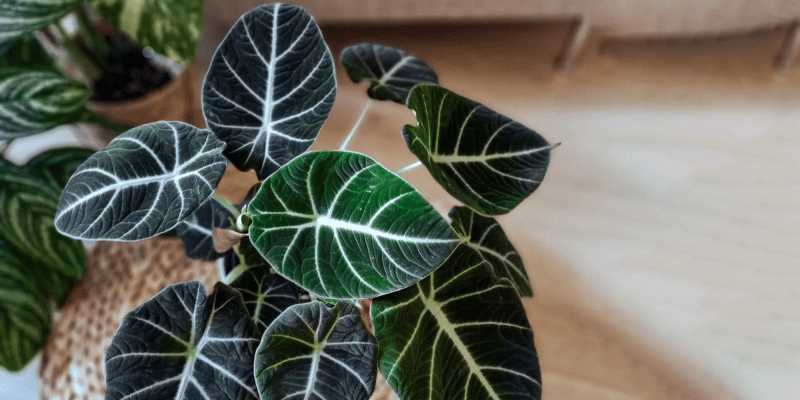
Good air circulation is essential to prevent the development of fungal diseases. Ensure that your velvets have enough space between each plant to allow air to flow freely. Avoid overcrowding the plants, especially in humid conditions.
5. Water the plants carefully
Overwatering can lead to root rot and other fungal diseases, so be mindful of how much water your velvets require. Water the plants at the base and avoid wetting the leaves excessively. Watering in the morning also allows the leaves to dry off during the day, reducing the risk of diseases.
6. Remove affected leaves or plants
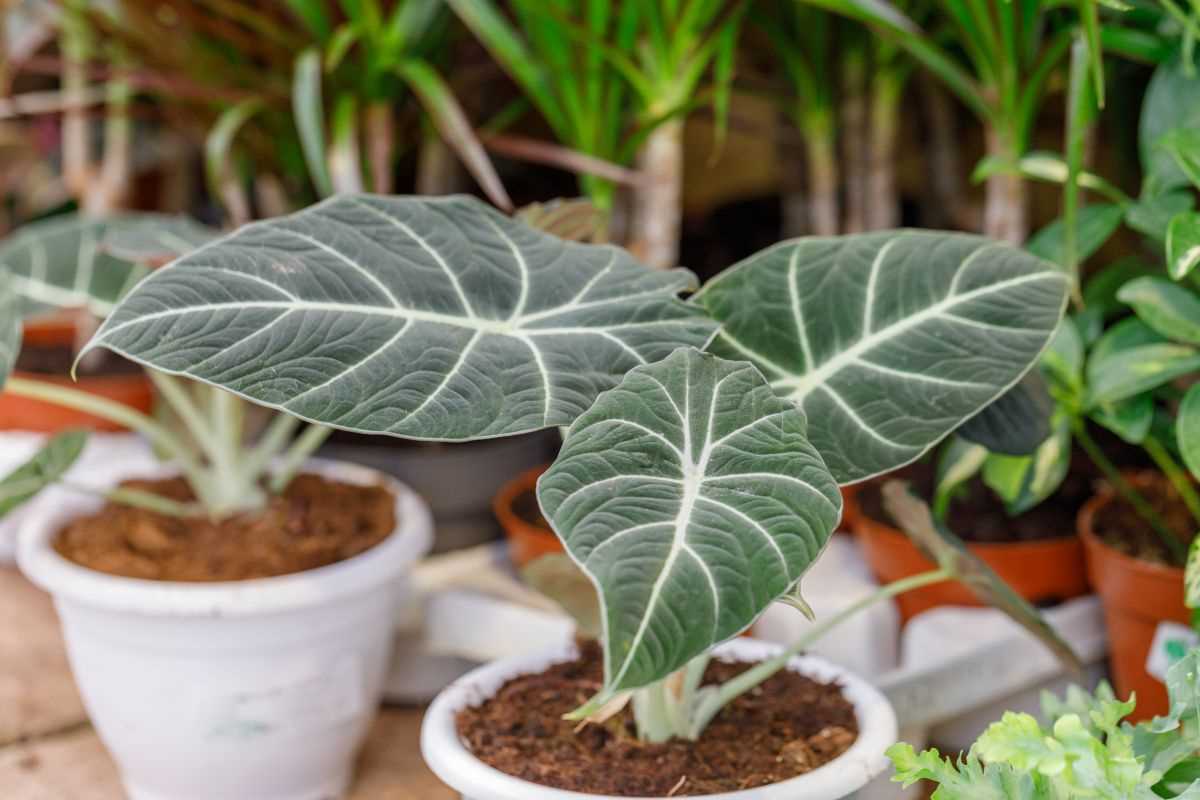
If you notice any signs of disease, such as leaf spots or discoloration, promptly remove the affected leaves or plants to prevent the spread of the disease to healthy plants.
7. Inspect new plants before introducing them
If you are adding new velvets to your garden, carefully inspect them for any signs of pests or diseases. Quarantine new plants for a few weeks before introducing them to your existing plants to ensure they are healthy.
8. Maintain a clean garden environment
Keep the garden area free from weeds and debris, as they can harbor pests and diseases. Regularly remove any fallen leaves or dead plant material to reduce the risk of fungal infections.
9. Use protective covers when necessary
In case of severe pest infestations or disease outbreaks, consider using protective covers such as nets or row covers to shield your velvets from further damage.
By following these tips and techniques, you can help protect your velvets without picking from pests and diseases, ensuring healthy growth and abundant blooms.
Tips for Successful Care of Velvets Without Picking Seedlings
- Choose the right location: Velvets thrive in full sun or partial shade. Select a spot in your garden that receives at least 6 hours of direct sunlight each day.
- Prepare the soil: Ensure the soil is well-drained and fertile. Add organic matter such as compost or well-rotted manure to improve soil structure and fertility.
- Sow the seeds: Follow the instructions on the seed packet for proper sowing depth and spacing. Generally, velvets should be sown about 1/4 inch deep and spaced 6-8 inches apart.
- Water regularly: Keep the soil evenly moist, but not waterlogged. Water the seedlings regularly, especially during dry periods.
- Mulch: Apply a layer of organic mulch, such as straw or wood chips, around the seedlings to help retain moisture and suppress weed growth.
- Provide support: As the velvets grow taller, they may need support to prevent them from bending or breaking. Install stakes or trellises to support the plants.
- Fertilize: Feed the velvets with a balanced fertilizer every 4-6 weeks, following the manufacturer’s instructions. This will promote healthy growth and abundant flowering.
- Prune: Remove any dead or damaged leaves or stems to prevent disease and encourage new growth. Pinching back the tips of the plants will also help promote bushier growth.
- Monitor for pests and diseases: Keep an eye out for common pests such as aphids, snails, and slugs. Remove any pests by hand or use organic pest control methods. Check the plants regularly for signs of disease, such as wilting or discoloration, and take appropriate action if needed.
- Harvest: Once the velvets have reached the desired size or maturity, carefully cut the stems just above a set of leaves. Enjoy your fresh velvets in arrangements or use them to decorate your home.
Questions and Answers:
Can I grow velvets from seeds?
Yes, you can grow velvets from seeds. The article provides a guide on how to sow and care for velvet seedlings.
What are the key steps to sowing velvet seeds?
The key steps to sowing velvet seeds include preparing the soil, sowing the seeds in trays or pots, covering them lightly with soil, and keeping the soil moist. The article goes into more detail on each step.
How long does it take for velvet seeds to germinate?
Velvet seeds usually take around 7-14 days to germinate. However, it can vary depending on the variety of velvet and the conditions in which they are being grown.
Do velvet seedlings require a lot of sunlight?
Yes, velvet seedlings require a lot of sunlight. It is recommended to place them in a sunny location or provide them with 12-14 hours of artificial light per day.
What is the best way to water velvet seedlings?
The best way to water velvet seedlings is to keep the soil consistently moist. It is important not to overwater them, as this can lead to root rot. The article provides tips on how to properly water velvet seedlings.
When should velvet seedlings be transplanted?
Velvet seedlings should be transplanted when they have developed their true leaves and are strong enough to handle the transplanting process. This is usually around 4-6 weeks after sowing the seeds. The article offers guidance on how to successfully transplant velvet seedlings.







